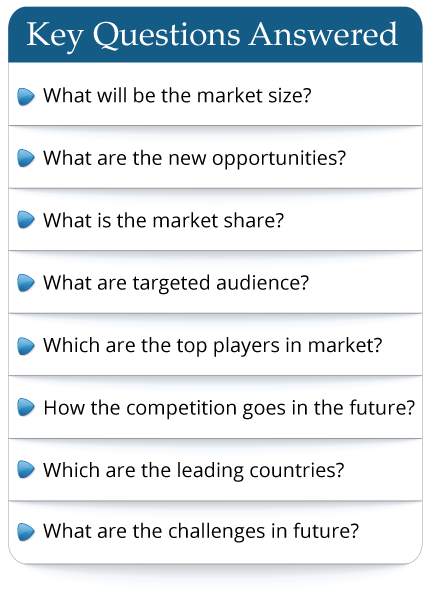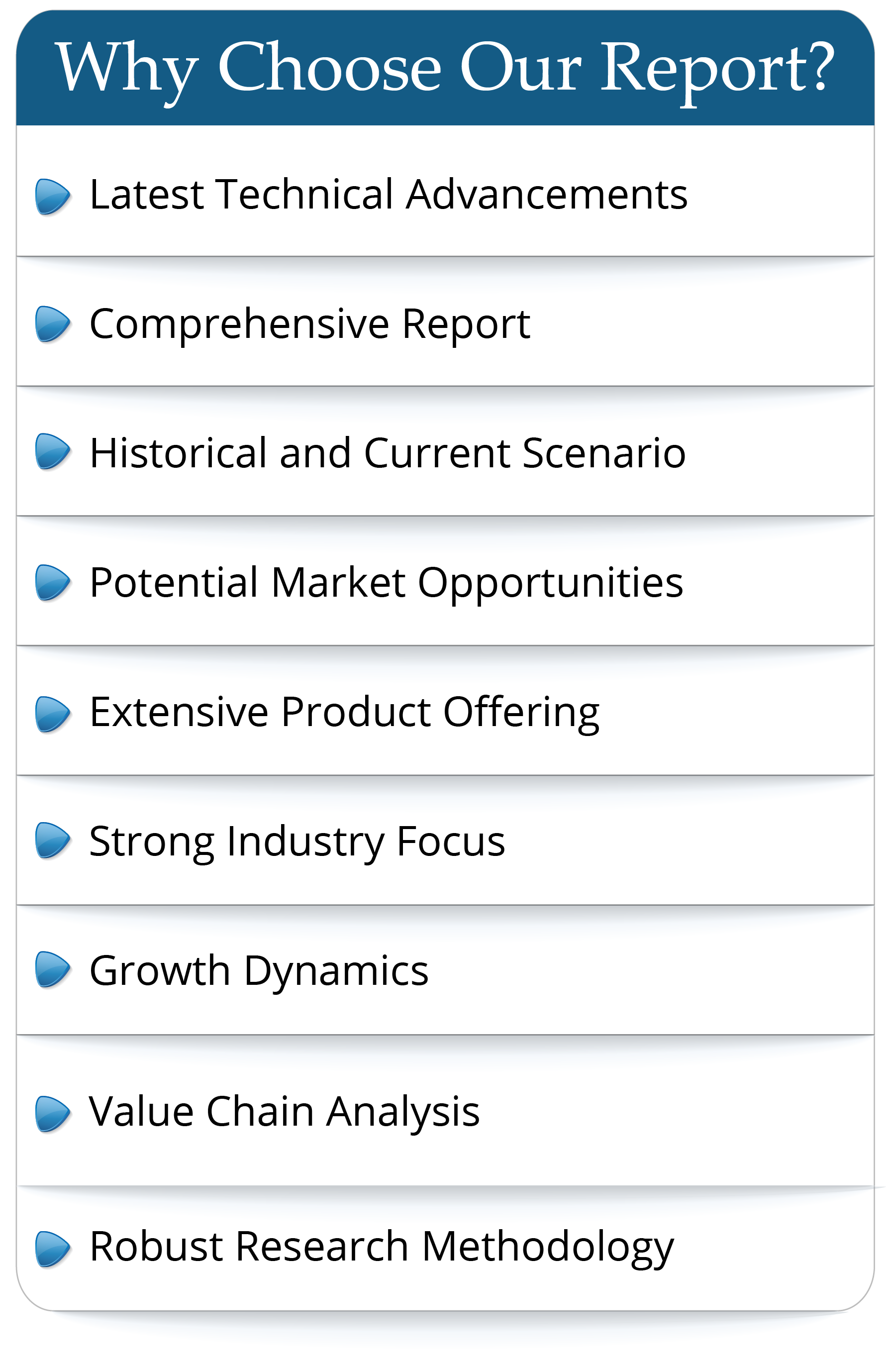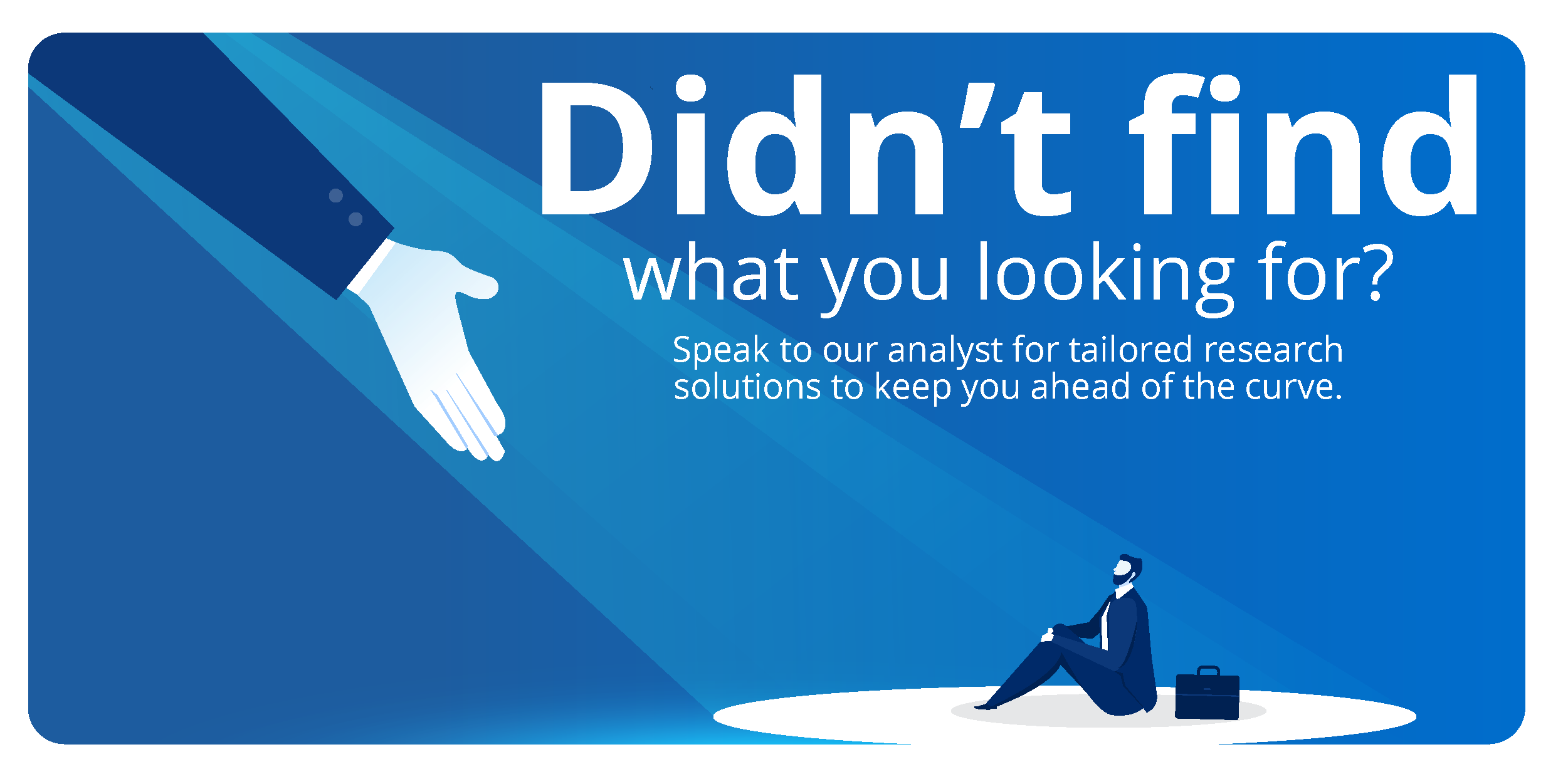AI IN MEDICAL DIAGNOSTICS MARKET OVERVIEW
The global AI in medical diagnostics market size was valued approximately 13.98 B USD in 2025 and will touch 77.64 B USD by 2034, growing at a compound annual growth rate (CAGR) of 20.98% from 2025 to 2034.
AI in medical diagnostics means using artificial intelligence to help find diseases, conditions, or unusual things by looking at data. It often uses machine learning algorithms, deep learning, and other AI tools. These tools analyze medical images, patient information, or genetic data to see patterns, make guesses, and support clinical decisions. AI can handle a lot of medical data much quicker than doctors. This allows for early detection of things like cancers, heart disease, and neurological disorders. It can also help with tasks such as reading radiology scans, understanding lab results, and predicting how patients will do. As AI keeps learning, it becomes more accurate, which makes healthcare workers more efficient and improves patient outcomes.
IMPACT OF KEY GLOBAL EVENTS
“Geopolitical Tensions and Their Impact on AI in Medical Diagnostics”
Geopolitical tensions among big powers can greatly affect the AI medical diagnostics market. Trade limits, sanctions, and unfair AI tech distribution due to security worries can block some nations from getting advanced tools. For example, U.S.-China tensions have cut AI research ties, slowing global cooperation and innovation. Nations might focus on local AI health tech, splitting the market and blocking access to top tools. This split can hold back AI medical solutions worldwide, as nations develop their own tools instead of using global ones.
“Decentralization and De-globalization: Shifting Dynamics for AI Adoption”
The trend of de-globalization is changing how AI is used in medical diagnostics. Nations are now building stronger local industries, like AI systems for healthcare. This can spark new ideas in regions but may block global standards for diagnostic tools. Smaller markets with fewer resources may not be able to create top AI tech, causing healthcare gaps. Yet, de-globalization can lead to local AI solutions for unique healthcare needs, better personalized care, and more fitting diagnostic tools. But this split may limit AI's global reach, slowing the spread of new diagnostic technologies.
LATEST TREND
” AI-Powered Early Disease Detection and Diagnosis”
A new trend in AI medical diagnostics is early disease detection. AI, especially deep learning, is getting better at analyzing medical images like X-rays, MRIs, and CT scans. These tools spot early signs of cancer, heart disease, and neurological issues. They can find problems hard for doctors to see, leading to quicker diagnoses and better treatment plans. Early detection boosts patient results and cuts healthcare costs by treating diseases earlier.
“Integration of AI with Wearable Health Devices”
AI and wearable health gadgets are changing how health is monitored and diagnosed. Smartwatches and fitness trackers use AI to watch vital signs like heart rate, oxygen, and sleep. They give health info in real time, even before symptoms show up. AI wearables help those with long-term conditions, like diabetes or high blood pressure, by offering constant checks. Collecting lots of real-time data boosts both prevention and tailored treatment.
“AI Enhancing Clinical Decision Support Systems (CDSS)”
AI is boosting clinical decision support systems (CDSS) in healthcare. These use machine learning and data analytics to aid doctors with tough choices. By checking loads of patient data, like past records and current tests, AI offers useful advice, spots possible problems, and guesses patient outcomes. CDSS cut down mistakes, speed up decisions, and help doctors make quick, proven choices. This improves patient care and cuts diagnostic errors.
AI IN MEDICAL DIAGNOSTICS MARKET SEGMENTATION
By Type
- Software in AI Medical Diagnostics: AI medical diagnostics software analyzes medical data like images, lab results, and patient files. It uses machine learning, deep learning, and other AI methods to help healthcare workers spot diseases, guess patient outcomes, and tailor treatments. The AI diagnostics software market is booming as healthcare adopts AI for better accuracy and speed. But issues like data privacy, government rules, and fitting into current IT systems could hold it back. As AI software improves, it will change how diagnostics are done, especially in radiology and pathology.
- Hardware in AI Medical Diagnostics: AI medical diagnostics hardware includes gadgets and setups like AI MRI or CT machines and computing systems. These help gather and process medical data accurately. The AI hardware market for diagnostics is growing, thanks to more money in medical imaging and the need for powerful computers to run AI. But high costs and needing constant updates for new tech can be a hurdle for wider use, especially in places with fewer resources.
- Services in AI Medical Diagnostics: AI medical diagnostics services offer help with setting up, running, fixing, and supporting AI tools. They assist healthcare places to add AI to their work, train staff, and keep systems going. The market for these services is growing fast as healthcare wants pros to handle AI. These services are vital for good AI use, but there are differences in what's offered and a need for special skills. With more demand for AI diagnostics, this service market will be key for smooth changes and long-term healthcare success.
By Application
- Cardiology in AI Medical Diagnostics: AI in cardiology uses tech to spot, diagnose, and care for heart issues like disease, arrhythmias, and failure. AI can check ECGs, echocardiograms, and other heart data to predict risks and suggest treatments. The AI cardiology market is booming because heart disease is more common and better diagnostics are needed. AI helps find small details in patient data that doctors might miss, making diagnoses more accurate and quick. But, merging data with old records and getting government OK are still hurdles for wider use.
- Oncology in AI Medical Diagnostics: AI in oncology is about using tech to find, diagnose, and watch cancer. It looks at images, biopsies, and genes. AI can spot tumors, guess how cancer will spread, and help plan treatment by studying scans, slides, and mutations. The AI oncology market is booming because cancer is more common and early detection is wanted. AI's fast data analysis helps catch cancer early and plan personal treatments. But, big, good datasets and fitting AI into doctor routines are still tough.
- Pathology in AI Medical Diagnostics: AI in pathology uses tech to study tissue, biopsies, and slides to find diseases, mainly cancer. AI helps pathologists by quickly checking lots of slides, making diagnoses more right and quick. The AI pathology market is growing because AI tools make better assessments, which helps patients. But, there are hurdles like getting OK from rules, making tests the same, and needing good data to teach AI. Even so, AI will change pathology by cutting down mistakes and speeding up diagnosis.
- Radiology in AI Medical Diagnostics: AI in radiology uses tech to read images like X-rays, CTs, and MRIs to find and diagnose problems like breaks, tumors, and infections. AI tools help radiologists by quickly checking images, picking out oddities with great care, and giving useful ideas for treatment. The AI radiology market is growing because there's more imaging data and a need for better, faster diagnoses. AI can lighten radiologists' load and make diagnoses more accurate, but there are still big hurdles like rules, trusting AI, and fitting AI into real medical work.
MARKET DYNAMICS
Market dynamics include driving and restraining factors, opportunities and challenges stating the market conditions.
Driving Factors
” Increased Demand for Efficient Healthcare Solutions”
The AI medical diagnostics market is growing because people want better, quicker healthcare. Healthcare systems are strained with more patients, fewer doctors, and a need for exact diagnoses. AI helps by doing jobs automatically and getting things right. In radiology, cardiology, and oncology, AI speeds up diagnosis, cuts down mistakes, and boosts healthcare efficiency. This means quicker choices, lower costs, and healthier patients, making AI tools more popular.
Restraining Factor
” Data Privacy and Security Concerns”
Data privacy and security are big hurdles for AI in medical diagnostics. AI needs patient data, but this can lead to worries about leaks, misuse, and unauthorized looks. Rules like HIPAA in the U.S. and GDPR in Europe make sure AI systems protect patient secrets. Fear of privacy breaches can stop healthcare providers from using AI, especially in tough-on-privacy places. Fixing these worries will help build trust in AI diagnostics and spread their use.
Opportunity
” Expansion in Emerging Markets”
Emerging markets are a big chance for AI in medical diagnostics. Developing countries are turning to AI to fix their healthcare problems, like lack of resources, doctors, and growing needs. AI tools can fill these gaps with cheap, fast, and big solutions for early disease checks and treatment. With money from governments and private groups, AI has a big future in places like India, China, and Brazil. Plus, AI can be made for local health issues, like infections, making it very useful in these areas.
Challenge
” Integration with Existing Healthcare Systems”
Getting AI into medical diagnostics is tough because it has to fit into old healthcare systems. Many places still use old gear, broken-up IT, and manual ways, which makes AI hard to add. To blend AI in smoothly, there needs to be big spending on new hardware and software, and teaching doctors how to use AI tools. Another big problem is getting AI and electronic health records to work together. Fixing these integration issues is key to making sure AI is used well and helps the most in clinics.
AI IN MEDICAL DIAGNOSTICS MARKET REGIONAL INSIGHTS
North America
North America, especially the US, leads the world in AI for medical diagnostics. It has great healthcare, lots of R&D money, and quickly adopts new tech. With strong public and private funding, the region focuses on innovation. AI is used in many medical areas like radiology, cancer, heart care, and pathology. Top hospitals and universities develop top AI tools. The FDA helps get AI diagnostics approved, boosting the market. But there are challenges with data privacy laws and fitting AI into old healthcare ways. Even so, North America's AI medical market will keep growing because people want accurate, cheap, and fast diagnoses.
Europe
Europe's AI market for medical diagnostics is growing. This is because of better healthcare tech, older people, and a need for better diagnosis tools. Germany, the UK, and France are top in AI use, with big money in AI research and teamwork between schools, hospitals, and tech firms. Europe has good rules like the MDR, keeping AI tools safe and effective. But, different healthcare systems slow down AI use. Even so, digital healthcare changes and doctors liking AI more will keep pushing AI diagnosis forward in Europe.
Asia
Asia's AI market for medical diagnostics is booming, especially in China, Japan, India, and South Korea. These places have many patients and are quickly building up their healthcare. China spends big on AI, seeing it as vital for "Made in China 2025." India and Southeast Asia use AI to fix problems like too few doctors and hard-to-reach rural areas. While the market grows fast, there are issues like data privacy worries, no standard rules, and unfair access to top healthcare tech. But, with more money from governments and healthcare groups, Asia's AI diagnostics market will keep growing, especially for stopping diseases and personal care.
KEY INDUSTRY PLAYERS
” Competitive Landscape in the AI Medical Diagnostics Industry”
The AI medical diagnostics field is very competitive, with many players fighting for market space in regions and medical areas. Big tech firms, new healthcare companies, and research groups are all in. They use machine learning, deep learning, and data analytics to make top-notch diagnostic tools. They compete to find new ways to be more accurate, cheaper, and fit well with current medical systems. Firms stand out by teaming up, working together on research, and making AI for special diseases or needs. As the market changes, players must deal with rules, data privacy, and fitting AI into clinical work to stay ahead.
List of Top AI In Medical Diagnostics Market Companies
- Siemens Healthineers
- Zebra Medical Vision, Inc.
- Riverain Technologies
- Vuno, Inc.
- Aidoc
- Neural Analytics
- Imagen Technologies
- Digital Diagnostics, Inc.
- GE Healthcare
- AliveCor Inc.
KEY INDUSTRY DEVELOPMENTS
July 2024, Microsoft partnered with Mass General Brigham and the University of Wisconsin to enhance AI models for medical imaging, improving radiologist efficiency and patient outcomes.
July 2024, GE HealthCare collaborated with AWS to create AI-driven healthcare models, streamlining workflows and boosting diagnostic accuracy.
REPORT COVERAGE
This study does a full SWOT analysis and looks at what's coming up in the market. It checks out what's making the market grow, looks at different parts of the market, and sees how they might change in the future. It uses both current and past info to get a full picture and find out where the market might grow.
The AI medical diagnostics market is growing fast because of new tech, a need for better healthcare, and a move towards personalized medicine. AI tools are being used in lots of medical areas like radiology, oncology, cardiology, and pathology. They help make diagnoses more accurate, cut down on mistakes, and speed up decisions. North America and Europe are still the biggest markets, but Asia is catching up fast with big investments. AI is filling gaps in healthcare there. Even though things are looking good, the industry has problems like rules to follow, data privacy, and getting AI to work with current healthcare systems.
In the future, the AI medical diagnostics market will keep growing. New machine learning and deep learning tech will make tools even more accurate and complete. As AI improves, it will do more like real-time checks, predict problems, and plan personal treatments. AI healthcare is getting more attention in new markets, and the world is pushing for digital changes in healthcare too. This will help AI spread. But the industry needs to fix issues with standards, getting approval, and sharing data to reach its full potential and make sure AI diagnostics are safe and reliable everywhere.
Frequently Asked Questions
- By product type
- By End User/Applications
- By Technology
- By Region

 Pre-order Enquiry
Pre-order Enquiry Request Free Sample
Request Free Sample












